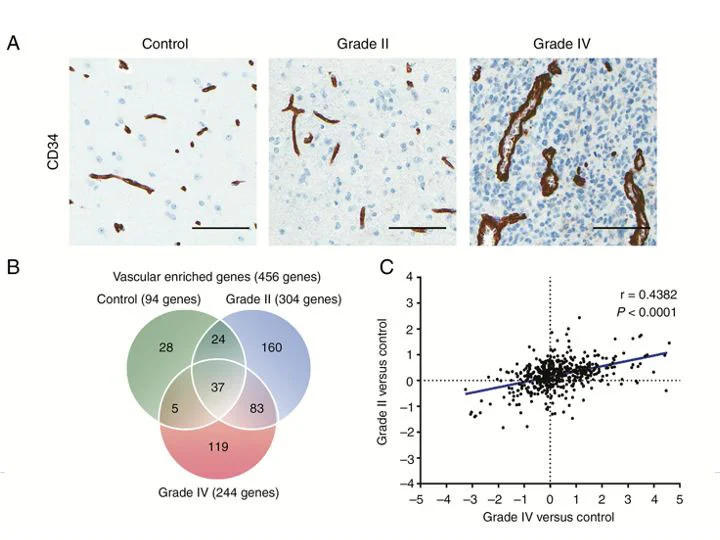Our anti-CCL28 Triple A Polyclonal antibody in Lung disease research
Article: "A spatial multi-omics atlas of the human lung reveals a novel immune cell survival niche"
 The image is a schematic of the submucosal glands immune niche showing immune cell recruitment and extravasation.
The image is a schematic of the submucosal glands immune niche showing immune cell recruitment and extravasation.
A spatial multi-omics atlas of the human lung reveals a novel gland-associated immune niche.
Lung disease is the third-largest cause of mortality worldwide, making a better understanding of the tissue microenvironments and cell types that define lung function imperative. Current atlases have prioritized parenchyma tissue, but few studies have examined the full tissue depth of the bronchial airways and trachea.
Using computational data integration and analysis, a new study aims to (re)define the tissue architecture of the lung and airways at the cellular and molecular level, to define and discover macro and micro-anatomical tissue compartments.
The authors profiled five proximal-to-distal locations of healthy human lungs in depth using multi-omic single cell/nuclei and Visium Spatial Transcriptomics.
The results describe novel cell types and states in vascular, stromal and nerve bundle microenvironments.
Moreover, the authors identify an immune-supporting role for the airway submucosal glands duct and serous cells with distinct signaling circuits to recruit B cells and IgA plasma cells, promoting longevity and antibody secretion through CCL28, APRIL, and IL6.
Our anti-CCL28 (HPA07743) Triple A Polyclonal antibody was used in the study.
Find out more about our anti-CCL28 (HPA07743) Triple A Polyclonal antibody.
